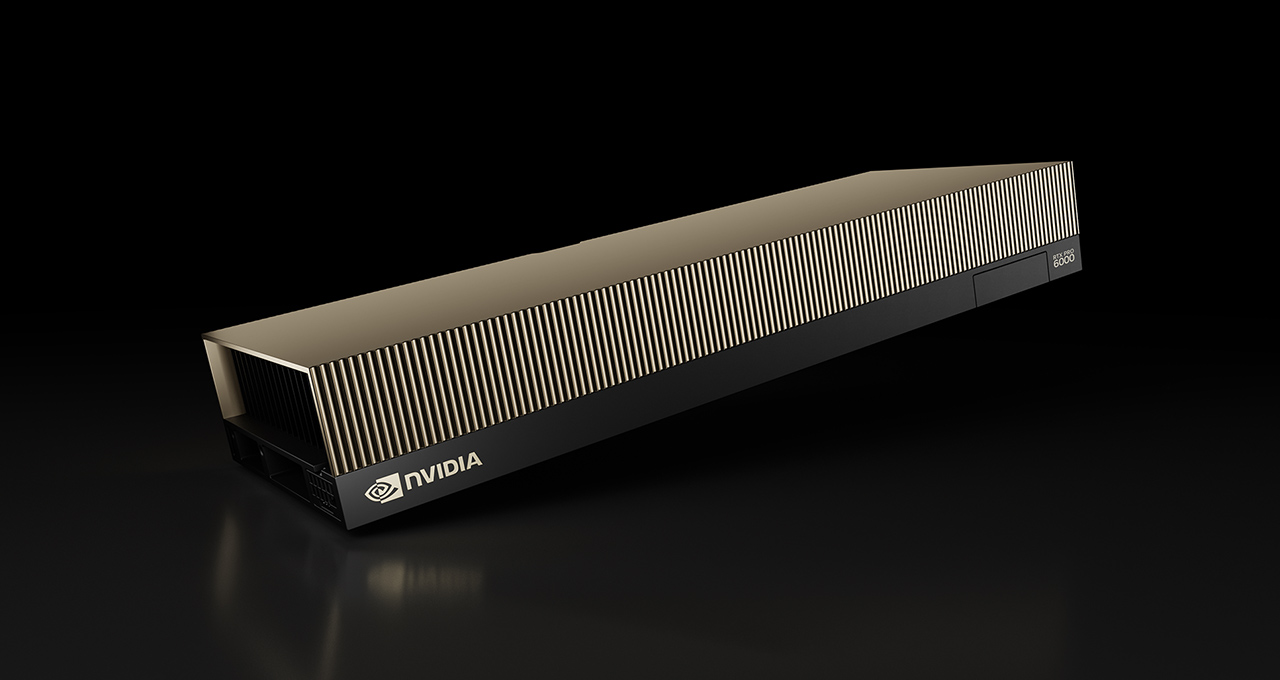Narvi: Revolutionizing Military Embedded Computing
Concurrent Technologies launches Narvi, a rugged GPGPU card for military AI and graphics, leveraging NVIDIA's latest GPUs for real-time data analysis.

Lead
Concurrent Technologies, a leading developer of rugged embedded computing solutions for defense and aerospace, has launched the Narvi—a rugged XMC form factor General-Purpose GPU (GPGPU) and graphics processing card designed in collaboration with EIZO Rugged Solutions. Announced in late September 2025, Narvi is engineered to deliver high-performance graphics and artificial intelligence (AI) processing for next-generation command, control, communications, computers, cyber, intelligence, surveillance, and reconnaissance (C5ISR) platforms. The card leverages NVIDIA’s latest RTX PRO 2000 and 500 Blackwell GPUs, offering cutting-edge capabilities for real-time data analysis, machine learning, and advanced visualization in harsh military environments.
Background
Embedded computing has become a cornerstone of modern military systems, enabling everything from drone navigation to electronic warfare. The XMC (Switched Mezzanine Card) form factor is a compact, modular standard widely used in defense applications for its balance of performance, flexibility, and ruggedness. GPGPU technology—using graphics processors for general-purpose computation—is increasingly critical for AI, machine learning, and high-performance embedded computing (HPEC) tasks that demand rapid processing of large datasets.
Concurrent’s launch of Narvi positions the company at the forefront of this evolution, addressing the growing need for deployable, ruggedized AI and graphics acceleration in field-deployable systems. The collaboration with EIZO Rugged Solutions ensures that the hardware meets the stringent environmental and electromagnetic compatibility standards required for military use, such as MIL-STD-810 and MIL-STD-461.
Key Features
- NVIDIA Blackwell Architecture: Narvi is powered by NVIDIA’s RTX PRO 2000 and 500 Blackwell GPUs, featuring advanced tensor and ray-tracing cores for AI inference, real-time analytics, and high-fidelity graphics rendering.
- XMC Form Factor: The compact, modular design allows for easy integration into existing military systems, supporting rapid upgrades and reducing lifecycle costs.
- Ruggedized Construction: Built to withstand extreme temperatures, shock, vibration, and electromagnetic interference, Narvi is engineered for reliability in the harshest operational environments.
- Sensor Open Systems Architecture (SOSA) Alignment: While Narvi is an XMC card, EIZO’s related Condor GR5SL 3U VPX series—also based on Blackwell GPUs—is explicitly SOSA-aligned, reflecting an industry trend toward open, interoperable systems. Narvi’s design philosophy likely follows similar principles, though official SOSA alignment for the XMC variant has not been explicitly confirmed.
- High-Speed Connectivity: Enhanced with PCIe Gen4 support, Narvi enables high-throughput data transfer, essential for AI and sensor fusion applications.
- AI and Machine Learning Acceleration: The card is optimized for demanding workloads such as image recognition, signal processing, and autonomous decision-making, which are increasingly central to modern defense platforms.
Industry Impact
The introduction of Narvi comes as defense agencies worldwide prioritize modular, upgradeable electronic systems that can adapt to evolving threats without requiring costly hardware replacements. Terma’s recent milestone in modular electronic warfare software for the U.S. Air Force illustrates this shift: operators can now add new jamming and countermeasures capabilities “as easily as downloading an app,” thanks to open, modular architectures. Narvi’s GPGPU acceleration dovetails with this trend, enabling warfighters to deploy advanced AI and graphics applications across multiple aircraft and platforms, enhancing both survivability and mission effectiveness.
The defense sector’s embrace of commercial off-the-shelf (COTS) technologies—such as NVIDIA’s GPUs—accelerates innovation while reducing costs. However, the unique challenge lies in ruggedizing these components for military use, a niche where companies like Concurrent and EIZO excel. Their solutions are now critical for next-generation ISR (Intelligence, Surveillance, and Reconnaissance), autonomous systems, and electronic warfare suites.
Context and Implications
Technological Advancements
Narvi’s use of NVIDIA’s Blackwell architecture represents a significant leap in embedded military computing. Blackwell GPUs introduce fifth-generation tensor cores and fourth-generation RT cores, delivering unprecedented performance for AI training and inference, as well as real-time ray tracing for simulation and visualization. This allows defense platforms to process complex sensor data, run sophisticated AI models, and render high-resolution maps or video feeds—all in real time, even under battlefield conditions.
Interoperability and Standards
The defense industry is moving toward open standards like SOSA and OpenVPX to ensure interoperability and reduce vendor lock-in. While Narvi is an XMC card, its underlying technology aligns with this broader shift. The ability to “plug and play” new capabilities—whether software-defined electronic warfare or AI-driven analytics—is becoming a baseline requirement for modern military systems.
Operational Flexibility
Narvi’s modular design means that legacy systems can be upgraded with state-of-the-art AI and graphics capabilities without a complete overhaul. This not only extends the lifespan of existing platforms but also allows for incremental adoption of new technologies as they mature. For example, the U.S. Air Force’s F-16 and A-10 platforms are slated to receive modular electronic warfare upgrades, with Narvi-style acceleration likely to play a role in future iterations.
Market and Competitive Landscape
Concurrent’s launch positions it alongside other innovators like EIZO Rugged Solutions, which has recently introduced SOSA-aligned 3U VPX graphics cards also based on Blackwell GPUs. These developments reflect a broader industry race to deliver rugged, high-performance embedded computing for defense applications. Competitors are likely to follow with similar offerings, further driving innovation and cost reductions.
Visuals
Note: As an AI text-based assistant, I cannot directly embed images. However, here are precise instructions for sourcing relevant, professional images to accompany this article:
- Official Product Photos: Search for “Concurrent Narvi XMC GPGPU card” or “EIZO Rugged Solutions Condor GR5SL” on manufacturer websites or industry news portals for high-resolution images of the actual hardware.
- Technology Close-Ups: Look for detailed shots of the NVIDIA Blackwell GPU, XMC/VPX form factors, and ruggedized chassis designs to illustrate the engineering behind these systems.
- Application Context: Use images of military C5ISR platforms, drones, or aircraft cockpits to show where such embedded GPGPU cards are deployed.
- Diagrams: Include block diagrams or infographics explaining the role of GPGPU acceleration in defense AI and graphics pipelines.
Avoid generic stock photos; prioritize images released by Concurrent, EIZO, or reputable defense/aerospace media.
Conclusion
The launch of Narvi marks a pivotal moment in military embedded computing, promising enhanced performance and flexibility for defense platforms worldwide.